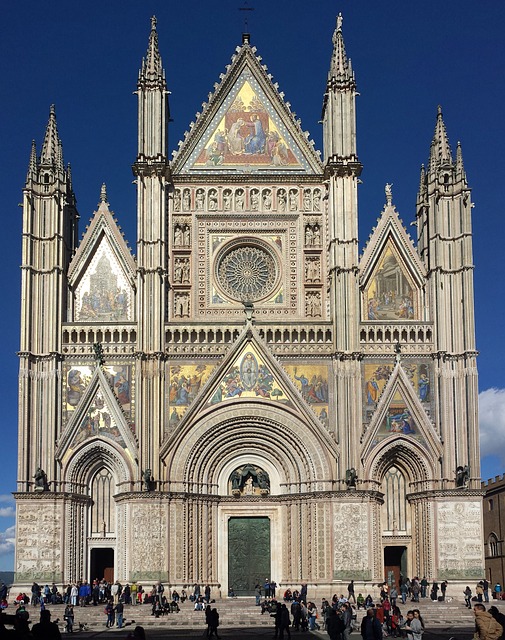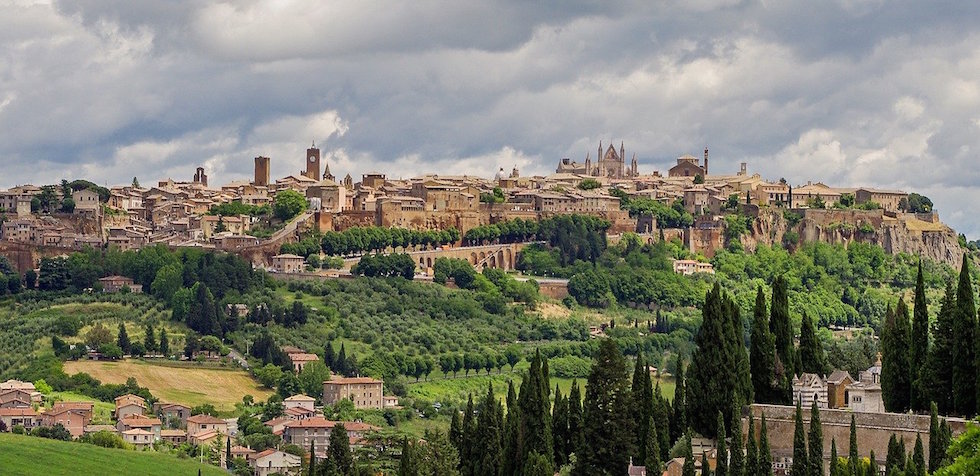Orvieto is a city that is located in the province of Terni in Umbria. Its name comes from the Latin “Urbs Vetus” bone old city.
History of Orvieto
The origin of Orvieto dates back to very distant times, the name is not in vain. Scholars found traces from the 9th century BC when the Villanovae appeared on the tuff cliff. They were ancestors of the Etruscans who became the masters of central Italy for centuries. From the Etruscan period, the city of Orvieto still preserves many vestiges that testify to its glorious past such as the necropolis of the crucifix of tuff and cannicella, the temple of the belvedere among others. Due to internal disputes and slave revolts, the Etruscan nobles decided to go to the Romans for help, the city was razed and the inhabitants had to leave the city. With the barbarian and Lombard invasions, a repopulation of the city began, this gave birth to the new city that would be called Urbs Vetus of the middle ages. Only in the year 1137, the city of Orvieto was born as a municipality free of control.
Attractions in Orvieto
Here I will present you a list of the places that you cannot miss in this wonderful city.
 The Bracci funicular: It was built in the 19th century to reach the city center more comfortably. The financing was done by Giuseppe Bracci, however years later it was closed and then restored in 1990.
The Bracci funicular: It was built in the 19th century to reach the city center more comfortably. The financing was done by Giuseppe Bracci, however years later it was closed and then restored in 1990.
Etruscan Necropolis: Also known as the tuff crucifix necropoli and is located in the northern part of Orvieto. The place dates from the 19th and 20th centuries and archaeological excavations from the Etruscan period have been discovered.
The Well of San Patricio: This well was built in 1527, at the word of Pope Clement VII who wanted to build cisterns and wells to guarantee a water reserve. The well is 62m deep, on its sides it has 2 doors that allow you to access.
Orvieto Cathedral: This is the most important monument in the city of Orvieto, it has a Gothic style architecture. Inside the cathedral is the chapel of the most holy corporal and it has a façade of incomparable decoration giving it a beautiful appearance. The rose window in the center of the facade shows the diversity of colorful paintings, stained glass and decoration in each place.
Torre del Moro: this tower is 47 m high and was built in the 13th century in the middle of the communal palace, the town palace and the cathedral. The name was attributed thanks to the owner Raffaelle di Sante who was called the Moor.


